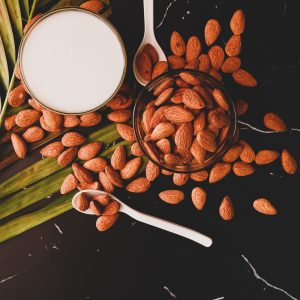The use of dry needle therapy and acupuncture by physiotherapists have grown in popularity over the past couple of decades. Australian physiotherapists can be trained in dry needle therapy to help their patients with muscle pain and tension.
Dry needling and acupuncture share some similarities; however, they involve different techniques which makes each method unique. Acupuncture has been around for centuries, yet dry needling is a fairly new technique. Dry needling is more physical and helps to relieve pain and tightness in the muscles. On the other hand, acupuncture is based on the flow of chi (energy), which is worked on to allow the body to heal.
What is Acupuncture?
Acupuncture can be traced back more than 2,000 years. Acupuncture is a method which supports the body’s balance between yin and yang and promotes the smooth flow of energy (chi) through the body. The flow of chi helps to nourish the muscles, tendons, organs, joints and bones. When this balance is interrupted it causes stagnation which can result in health problems. Acupuncture improves the flow of chi, helping to treat a variety of conditions.
Acupuncture uses fine needles which are inserted into specific points along the body’s meridians (energy pathways) to clear blockages and help the flow of chi (energy) normalise throughout the body. By improving the flow of energy, this encourages the body to heal. Acupuncture is effective in treating a wide range of conditions including pain, headaches, nausea, depression and chronic conditions.
Acupuncture is considered very safe. Acupuncture is performed by a trained practitioner using single-use sterile needles. The potential side effects can include bruising or bleeding, nerve damage or infection.
What is Dry Needling?
Dry needling physio helps to relieve pain and muscles tightness. By inserting a needle into knots or pressure points, tension is released in the surrounding muscle. Trigger points, or knots, are formed due to a group of muscle fibres which have shortened during activation but have not returned to their normal length when relaxed. This results in pain, discomfort or tightness in the area. Trigger points can be the result of many causes. Some of these can include injury, prolonged postures, quick movements, illness, stress and some health conditions.
Dry needling physio involves a fine filament needle being inserted gently into the trigger point. Blood vessels respond with improved blood flow around the needle which causes the muscle fibres to relax. You may occasionally feel a slight sting when the needle is inserted, or the needle may cause a twitch response from the muscle, however, the muscle will quickly relax as circulation improves. Dry needling is very safe. Single-use sterile needles are used and as the needles are very fine, any side effects such as bruising or bleeding are rare.
Both acupuncture and dry needling Como share a few similarities and both are effective in treating muscle pain, aches and tightness. Both procedures should always be performed by a qualified practitioner and while there are a few minor risks, acupuncture and dry needling often come with little to no side effects.










